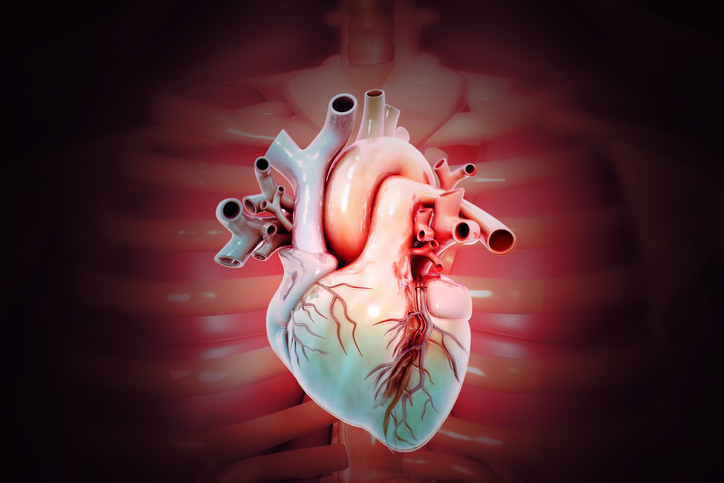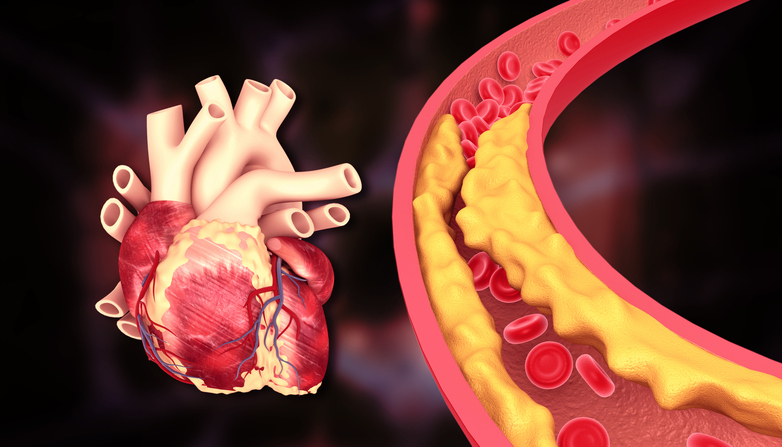
Transcatheter aortic valve implantation (TAVI) is a transformative therapy for severe aortic stenosis but carries a risk of periprocedural stroke, a complication that undermines recovery and long-term outcomes. Most TAVI-related strokes are embolic, prompting interest in cerebral embolic protection (CEP) devices, such as the Sentinel system, which deploys dual filters to capture debris in the brachiocephalic and left common carotid arteries. Prior studies, including the PROTECTED TAVR trial, suggested a reduction in disabling strokes but failed to demonstrate a significant reduction in the primary outcome of overall stroke incidence, prompting further evaluation in a broader population.
The BHF PROTECT-TAVI trial was a large-scale, randomized, open-label study conducted at 33 UK centers. It enrolled 7,635 patients undergoing TAVI, randomized 1:1 to receive TAVI with or without the Sentinel CEP device. The primary endpoint was any stroke within 72 hours post-TAVI or prior to discharge. Key secondary endpoints included disabling stroke, severe stroke, and all-cause mortality within the same window.
Overall, there was no significant difference in any of the primary or secondary outcomes, including in any of the subgroups analyzed. In the modified intention-to-treat analysis, stroke occurred in 2.1% of patients in the CEP group (81 of 3,795) and 2.2% in the control group (82 of 3,799), with an absolute risk difference of –0.02 percentage points (95% CI, –0.68 to 0.63; P=0.94). Disabling stroke occurred in 1.2% vs. 1.4% (difference, –0.2 percentage points; 95% CI, –0.7 to 0.4). Severe stroke rates were identical at 0.5% in both arms. Mortality within 72 hours was also similar: 0.8% in the CEP group and 0.7% in the control group. Serious adverse events occurred slightly more often in the CEP group (0.6% vs. 0.3%), and access-site complications were comparable (8.1% vs. 7.7%).
Filter deployment was successful in at least one cerebral territory in 87.5% of CEP cases. Notably, device deployment of both filters for the full procedure occurred in just 81.2%. These deployment rates are lower than what was seen in PROTECTED TAVR but may reflect real-world anatomical variability and operator experience.
The results of BHF PROTECT-TAVI reaffirm findings from PROTECTED TAVR, reinforcing that routine use of the Sentinel CEP device does not significantly reduce overall or disabling stroke rates following TAVI. Despite a strong mechanistic rationale, embolic protection may have limited clinical impact, particularly when strokes are multifactorial or occur outside protected territories.
These findings question the intuitive rationale for using cerebral embolic protection during TAVI. The Sentinel filter baskets do capture embolized debris that would have otherwise traveled into cerebral arteries. However, randomized trial data does not show clinical benefit. Perhaps stroke event rates are already too low to prove a marginal benefit. Perhaps the benefit lies in more nuanced endpoints like cognitive function rather than overt strokes. Perhaps the rationale is solid, but the device itself needs further iterative improvements with regards to safety in navigating these vessels and efficacy in terms of capturing debris. Or perhaps we need better ways of identifying “high-risk” patients, anatomies, and/or procedures in which embolic strokes are more likely. For now, the routine use of Sentinel CEP during TAVI is hard to recommend based on available evidence. However, given the intuitive rationale for CEP, negative trial data should not stymie further exploration into when and how best to deploy this strategy in select circumstances.
References
Kharbanda, R. K., Kennedy, J., Jamal, Z., Dodd, M., Evans, R., Bal, K. K., Perkins, A. D., Blackman, D. J., Hildick-Smith, D., Banning, A. P., Baumbach, A., Ludman, P., Palmer, S., Stables, R. H., Henderson, R., Appleby, C., Cotton, J., Curzen, N., Ozkor, M., … BHF PROTECT-TAVI Investigators. (2025). Routine Cerebral Embolic Protection during Transcatheter Aortic-Valve Implantation. The New England Journal of Medicine. https://doi.org/10.1056/NEJMoa2415120







 © 2025 Mashup Media, LLC, a Formedics Property. All Rights Reserved.
© 2025 Mashup Media, LLC, a Formedics Property. All Rights Reserved.